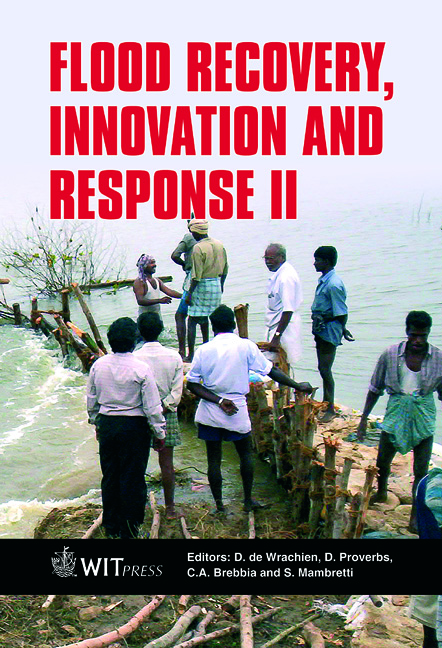New Techniques For The Rapid Repair Of Levee Breaches
Price
Free (open access)
Transaction
Volume
133
Pages
9
Page Range
85 - 93
Published
2010
Size
3,815 kb
Paper DOI
10.2495/FRIAR100081
Copyright
WIT Press
Author(s)
S. J. Boc, D. T. Resio & E. C. Burg
Abstract
Levee breaching is a widespread issue that has had few technological improvements in history. Recent severe flooding situations have created a critical need for a rapid levee repair capability that can function in a wide range of different environments. For levee repair capabilities to make a substantial difference in interior flood levels and damages, they must act very quickly and minimize the chance of additional \“unraveling” along the levee. A successful technology must be capable of functioning in extremely austere situations with little conventional logistics support and little or no site preparation. One alternative is to use the one resource readily available during floods; water, as the main structural element in conjunction with high-strength fabrics. The incompressibility of water in a closed high-strength fabric tube can create a stable geometric configuration capable of resisting deformation through a breach. In September 2008 three concepts for levee repair and protection were tested and demonstrated in a 1:4 scale physical model at the Hydraulic Engineering Research Unit, Agricultural Research Service in Stillwater, Oklahoma. Test results will be discussed. Keywords: levee breach, high strength fabric, levee breach repair. 1 Introduction Hurricane Katrina was a prime example showing how coastal and inland areas are vulnerable to natural and/or man-made disasters related to levee/floodwall breaching. This situation has created awareness for the need of a rapid levee repair capability that is adaptable to a wide range of environments (US Gulf
Keywords
levee breach, high strength fabric, levee breach repair





